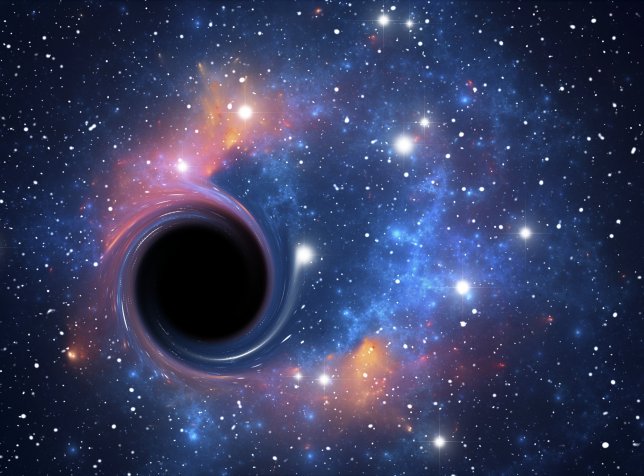
Black holes are talked about so often in astronomy that it may come as a surprise to discover that we know only a few dozens of them inhabiting the Milky Way. Apart from the central supermassive black hole, Sagittarius A*, all the others are at most 15 times the mass of the Sun, but in reality there should be many more. Maybe tens of millions more.
Finding all these black holes is near impossible due to the fact that… they’re black, and light can’t escape their pull. All the known ones have companions or have been caught gobbling up material that led to emitting light, which can be observed. As reported in the Monthly Notices of the Royal Astronomical Society, astronomers do have an idea on how to detect and study these objects. Things such as gravitational lensing and effects on near by matter can be observed.

Visualisation of a black hole.
Researchers at the university of Tokyo believe that you can detect the emission from black holes accreting matter from the interstellar medium, the material (gas, dust, and cosmic rays) that fills the space between stars. that this weak emission could be detected by the upcoming Square Kilometer Array, which over the next decade will become the world’s largest radio telescope. The first phase of the telescope is expected to detect about 30 of these isolated black holes. Once it is fully operational up to 700 of these objects should be detectable.
According to the astronomers, there could easily be 100 million black holes in the Milky Way, most going undetected. This is based on the estimate of our galaxy having had roughly 20,000 stellar explosions in the past million years, and having been around for about 13 billion years. While the rate of stars going supernova might have changed, it’s a good estimate for how common these objects are.





